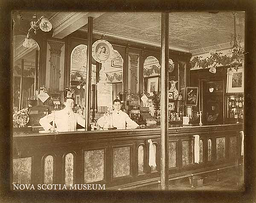The relationship between cost and price
A question we often ask ourselves and our liquor, beer and wine inventory consultants is; what should my pour cost percentage be? The answer can be quite simply calculated if we understand and adopt the proper formula.
To start, we need to establish the net cost of our product and divide this by the selling price of the item in our business. The cost percentage portion pays for the ingredients needed to make the drink and the profit percentage is the gross margin we make when a drink is sold. The cost percentage should be in line with the beverage cost percentage that has been established in our budget. Generally, liquor costs run at 20%-25%, while wine and beer can run anywhere from 32% to 50%. Please keep in mind this may not be the right cost percentages for your business. If your establishment is in a high tourism area and you can sell your drinks at a higher price, your pour cost percentage should be lower. Another factor that will have an impact is your cost of goods sold. If you purchase in higher volumes than your typical bar, hotel or restaurant, you may benefit from reduced pricing which will in turn reduce your pour cost percentage.
Here is an examples on how to make sure our selling price and cost percentages are in line with our budgeted expectations.
Selling Price: Cost divided by Cost % = sales price
1.5 oz vodka cost $0.95/15% = $6.35
When it comes to price mixed drinks, the easiest and most widely used method is using the cost of the prime ingredient. This of course is not as accurate as costing out the whole recipe, but to arrive to a sound price structure, we must look at each drink by itself to establish a cost/price relationship in line with the overall price structure of our business.


